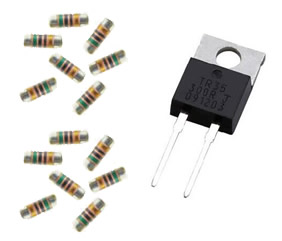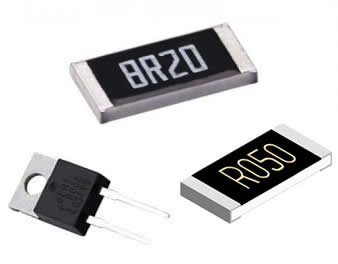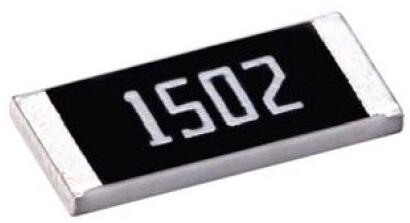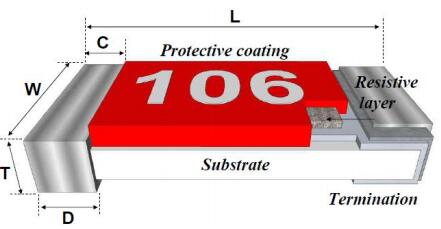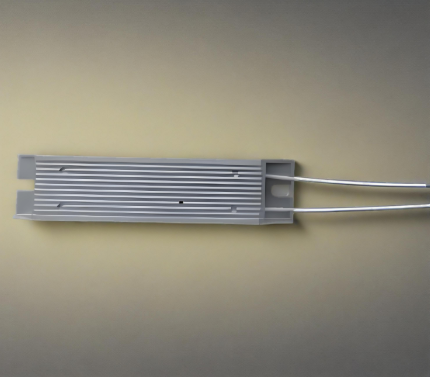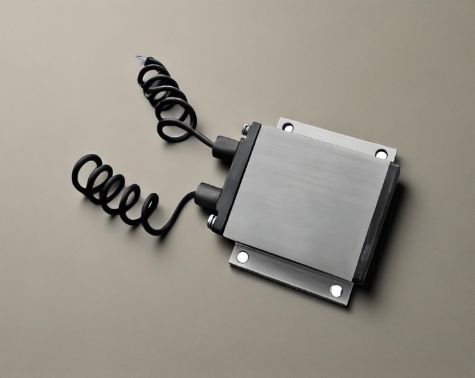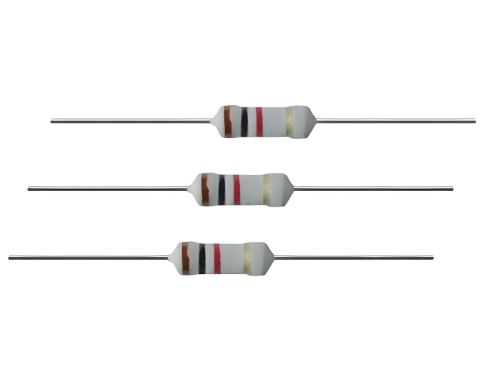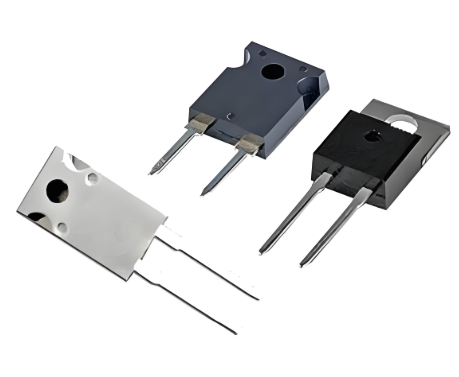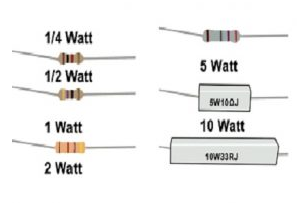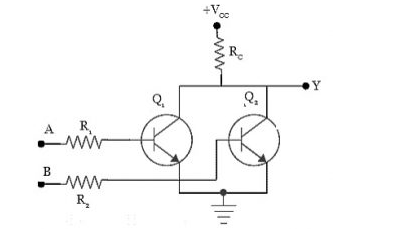-
Ignition Suppression Resistor – Resistors designed to reduce electromagnetic interference in ignition systems
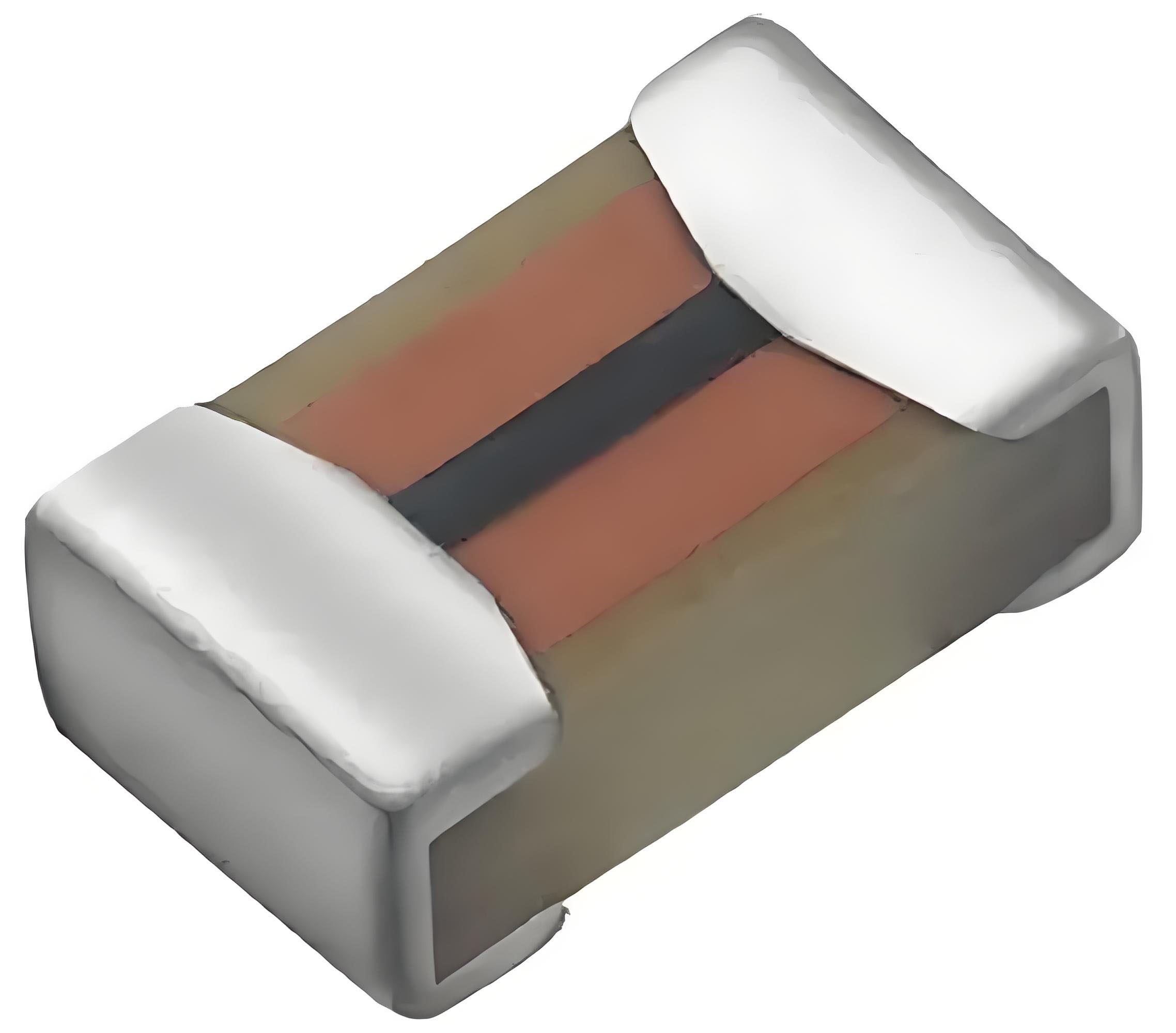
Ignition Suppression Resistor – Resistors Designed to Reduce Electromagnetic Interference in Ignition SystemsEvery spark in an automotive ignition system is a miniature lightning bolt radiating elec...
-
What is an Ignition Resistor?
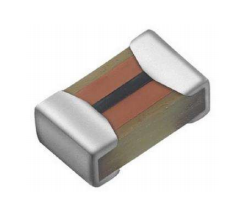
What is an Ignition Resistor Function, Failure Signs & SolutionsIntroductionAn ignition resistor (also called a ballast resistor) is a crucial but often overlooked component in vehicle ignition sy...
-
what is the purpose of an ignition resistor
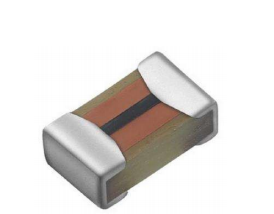
What Is the Purpose of an Ignition Resistor Function, Failure Signs & FixesAn ignition resistor is a crucial but often overlooked component in many combustion engines. Whether you're dealing w...
-
Hybrid Vehicle Ignition Resistor Function: Troubleshooting No Spark, Misfire & Fuel Efficiency Issues in Modern Hybrids
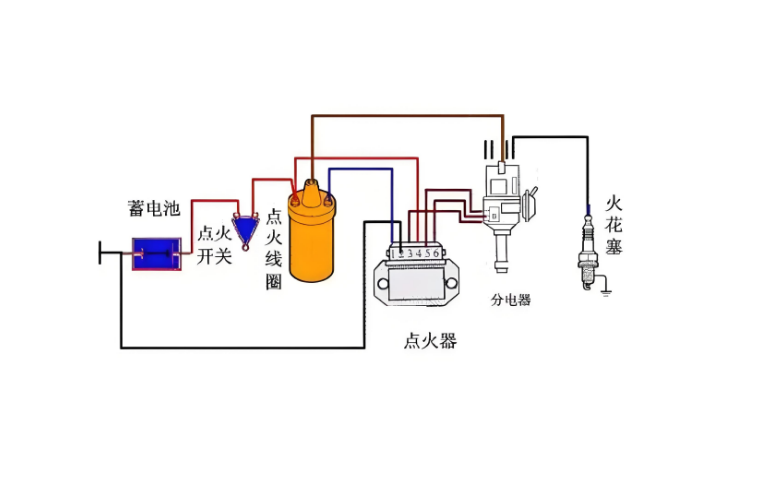
1. What Does the Hybrid Ignition Resistor DoThe hybrid ignition resistor is a specialized component designed to limit primary current to the ignition coil, preventing overheating while ensuring the co...
-
Ignition Resistor for Fuel Injection Systems: Troubleshooting No Spark, Misfire & High Resistance Issues in Gasoline Engines

1. How Ignition Resistors Work in Fuel Injection SystemsIgnition resistors in fuel injection systems limit the primary current flowing to the ignition coil, preventing overheating and ensuring the coi...
-
low TCR resistor vs standard chip resistor
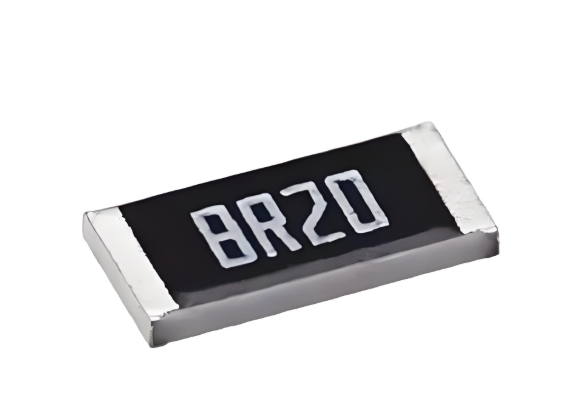
Low TCR Resistor vs Standard Chip Resistor: Key Differences & Best ApplicationsIntroductionWhen designing precision circuits, selecting the right resistor type is critical. Two common choices are ...
-
What Is a Surge Resistor?
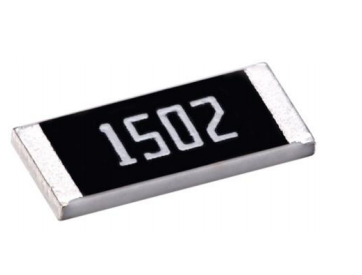
What Is a Surge Resistor Function, Types, and Key ApplicationsIntroduction: Surge resistors are critical components in electronic circuits, protecting sensitive devices from voltage spikes and transie...
-
What Does a Safety Resistor Do?
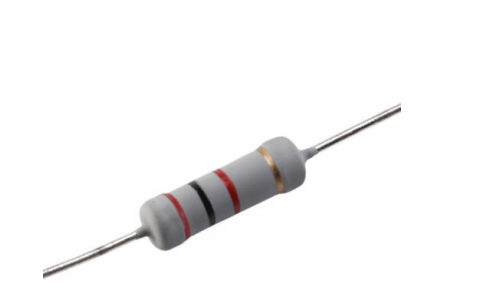
What Does a Safety Resistor Do Key Functions and Protection MechanismsIntroduction: Safety resistors play a critical role in electronic circuit protection, but many engineers misunderstand their full ...
-
MELF Resistor Temperature Coefficient: Everything You Need to Know

IntroductionMELF (Metal Electrode Leadless Face) resistors are widely used in various electronic applications due to their superior characteristics. One of the key factors to consider when selecting a...
-
High precision resistor applications
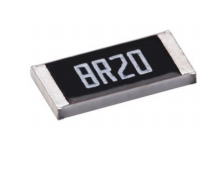
<!-- Introduction -->High Precision Resistor Applications: A 2024 Technical GuideHigh precision resistors are critical components in electronics where stability, accuracy, and low temperature coeffici...
-
What is a High Voltage Cylindrical Resistor?
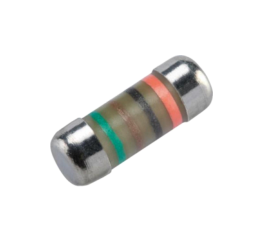
Introduction: Why the High Voltage Cylindrical Resistor Deserves Your AttentionWhen engineers search for a high voltage cylindrical resistor they are usually facing one of two headaches: extreme volta...
-
Why Your Trimmable Resistor Calibration Fails (And How to Fix It)

<!-- Introduction -->Why Your Trimmable Resistor Calibration Fails (And How to Fix It)Trimmable resistors are essential for precision electronics, but improper calibration can lead to circuit instabil...
-
THT Resistor Tolerance Specifications: A Comprehensive Guide

IntroductionThrough-Hole Technology (THT) resistors are a cornerstone in electronic circuit design, offering stability and reliability. One critical aspect that significantly influences their performa...
-
How to Choose the Right High-Voltage Safety Resistor for Your Circuit
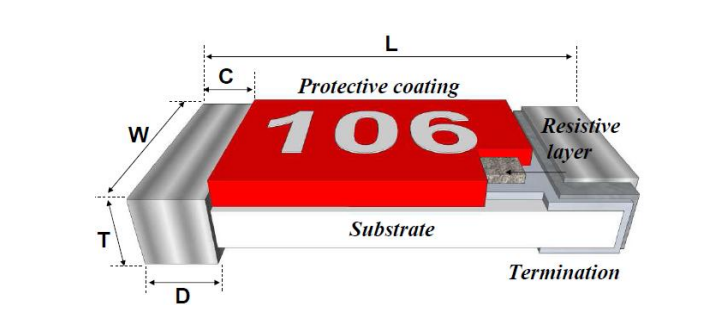
<!-- Introduction -->IntroductionHigh-voltage safety resistors are critical components in electrical circuits, ensuring protection against overvoltage, surges, and potential failures. Choosing the rig...
-
Introduction to 10k Ohm Jumper Resistor Applications

Introduction to 10k Ohm Jumper Resistor ApplicationsThe 10k Ω jumper resistor is a versatile component in electronic circuits, serving critical roles in configuration, signal conditioning, and fault ...
-
How to Choose a Milliohm Resistor for High-Accuracy Current Sensing

How to Choose a Milliohm Resistor for High-Accuracy Current SensingIn precision current sensing applications - from battery management systems (BMS) to motor control - milliohm shunt resistors play a ...
-
How to Choose the Right Milliohm Resistor for Lithium-Ion Battery Monitoring
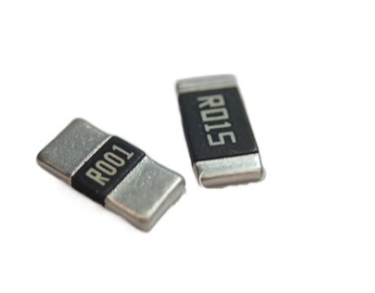
How to Choose the Right Milliohm Resistor for Lithium-Ion Battery MonitoringWhy Milliohm Resistors Matter in Li-Ion BMSIn lithium-ion battery management systems (BMS), milliohm resistors (typically 1m...
-
Alloy Resistor: High - Precision Component for Stable Circuit Performance
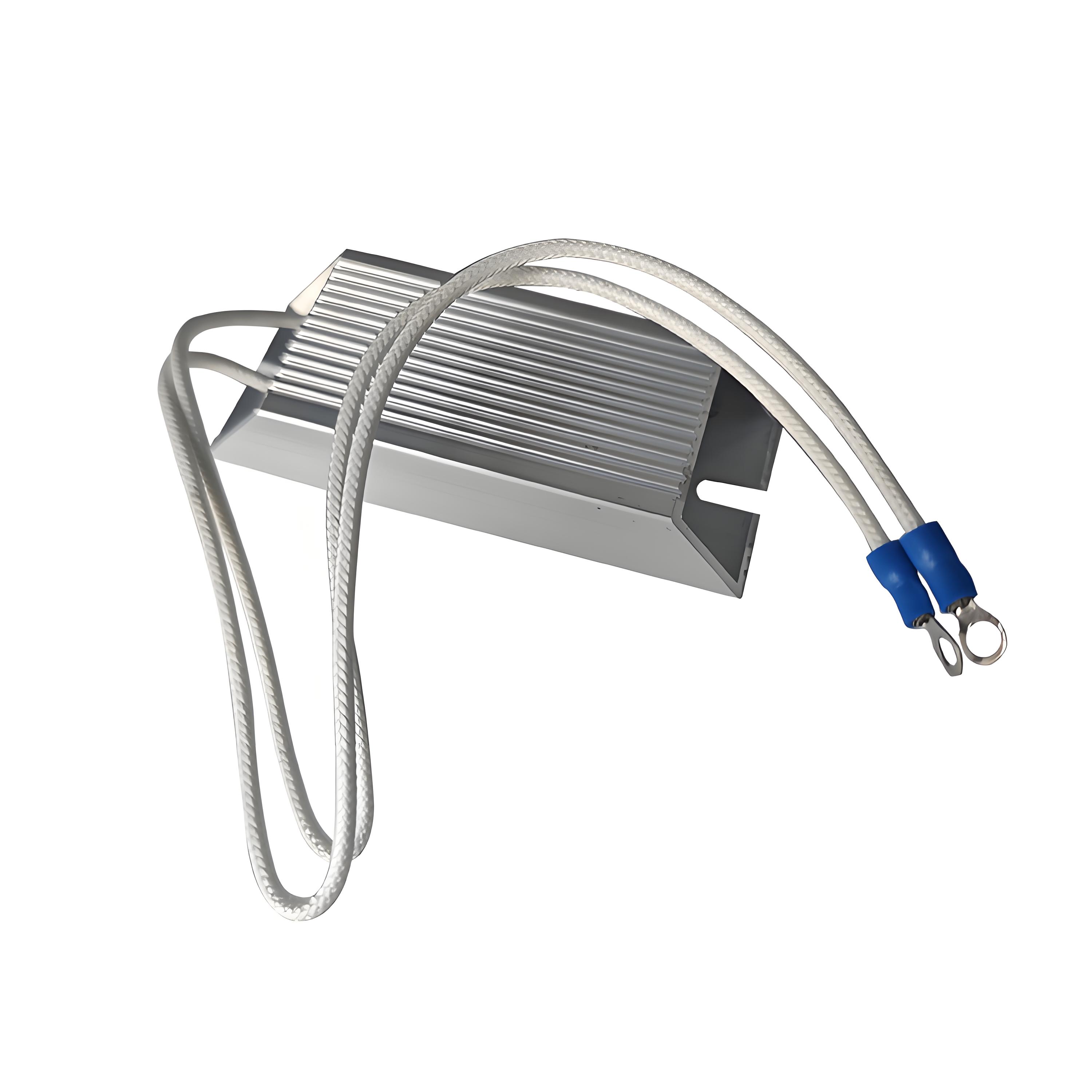
IntroductionIn the pursuit of electronic circuit excellence, precision and stability are paramount. Alloy resistors, with their superior characteristics, have become indispensable in achieving these g...
-
Low Inductance High Voltage Resistor Design: Enhancing Precision and Performance
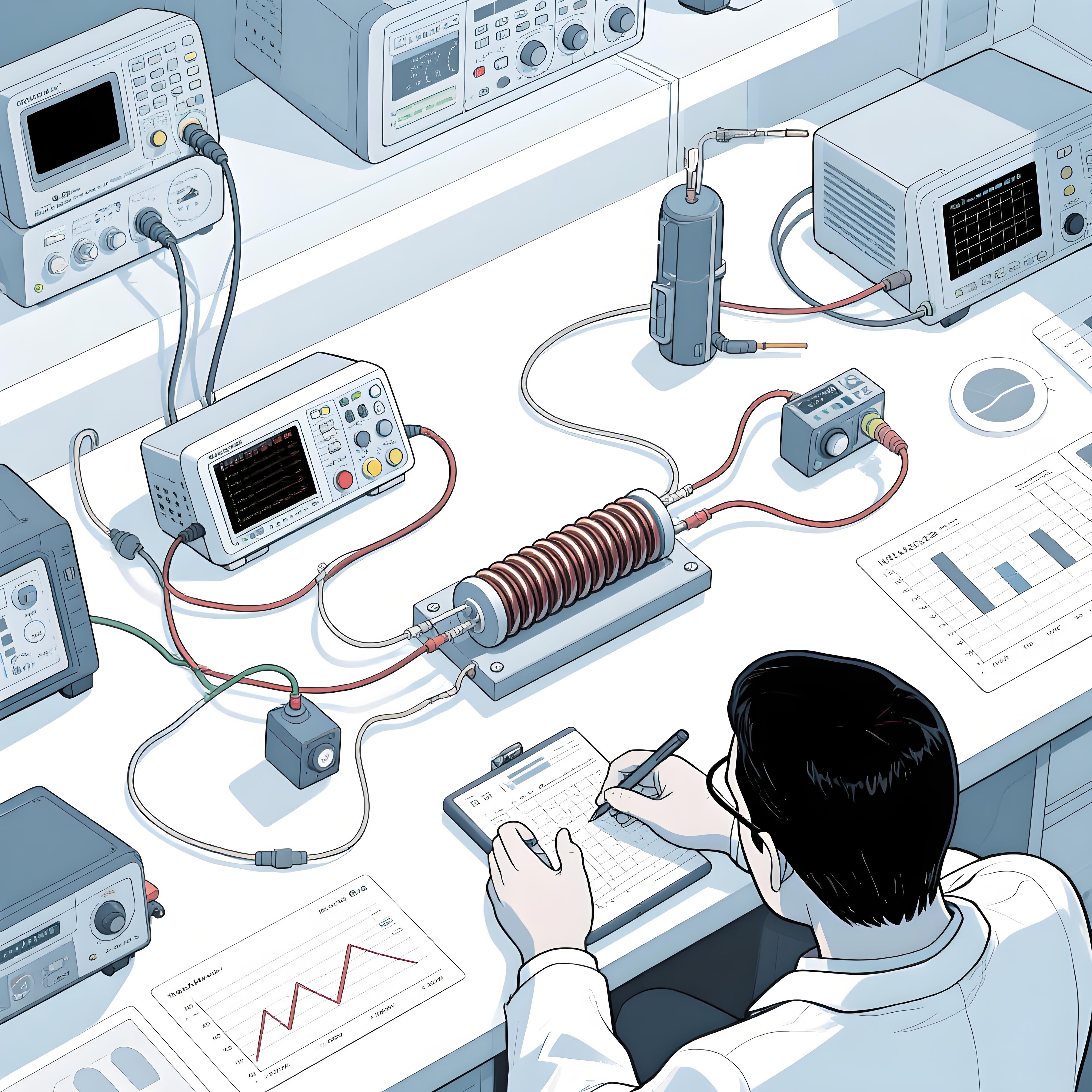
Low Inductance High Voltage Resistor Design: Enhancing Precision and PerformanceIn high - frequency and high - voltage electronic applications, the design of resistors with low inductance is crucial f...
-
Carbon vs. Metal Film vs. Wirewound: Choosing a Resistor for High Pulse Loads

Carbon vs. Metal Film vs. Wirewound: Choosing a Resistor for High Pulse LoadsSelecting the right resistor for high pulse load applications is a critical decision that can make or break your circuit...
-
Hybrid Vehicle Ignition Resistor Function: Troubleshooting No Spark, Misfire & Fuel Efficiency Issues in Modern Hybrids

1. What Does the Hybrid Ignition Resistor DoThe hybrid ignition resistor is a specialized component designed to limit primary current to the ignition coil, preventing overheating while ensuring the co...
-
Ignition Resistor for Fuel Injection Systems: Troubleshooting No Spark, Misfire & High Resistance Issues in Gasoline Engines

1. How Ignition Resistors Work in Fuel Injection SystemsIgnition resistors in fuel injection systems limit the primary current flowing to the ignition coil, preventing overheating and ensuring the coi...
-
Resistor Spark Plug – Spark plugs with built-in resistors

Resistor Spark Plug – Spark Plugs with Built-in ResistorsEvery spark in a modern engine is a miniature lightning bolt that can broadcast harmful radio-frequency interference (RFI). Resistor spark pl...
-
Ignition Suppression Resistor – Resistors designed to reduce electromagnetic interference in ignition systems

Ignition Suppression Resistor – Resistors Designed to Reduce Electromagnetic Interference in Ignition SystemsEvery spark in an automotive ignition system is a miniature lightning bolt radiating elec...
-
what is the purpose of an ignition resistor

What Is the Purpose of an Ignition Resistor Function, Failure Signs & FixesAn ignition resistor is a crucial but often overlooked component in many combustion engines. Whether you're dealing w...
-
What is an Ignition Resistor?

What is an Ignition Resistor Function, Failure Signs & SolutionsIntroductionAn ignition resistor (also called a ballast resistor) is a crucial but often overlooked component in vehicle ignition sy...





